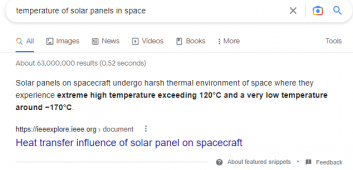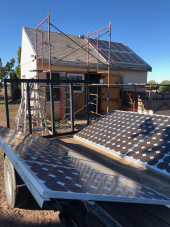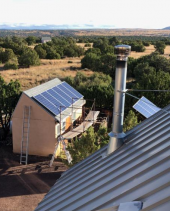MaximusAnonus
New Member
This is more "solar panel" talk but since it's intrinsically linked to residential solar (since this is a non issue on free standing panels IMHO).
There is A LOT of discussion going off in EU solar groups which focus mainly on roof mounted systems about "panels overheating". Especially now when in-roof systems and solar panel tiles are becoming more and more common.
What I would like to know: Is there a way to calculate the heating of panels during let's say a peak summer day (100°F in shade) vs a peak winder day (-5°F in shade)? Will it really kill the panels when they aren't mounted 5-7" above the roof? I mean the higher they get from the roof the sturdier the mounting hardware has to be and it doesn't solve for days when there si no wind to cool under the panels. Plus my DAHs are rated to 85°C. I don't believe even black metal roofs get that hot during summer around here since I can work on them without burning myself (which I would at 85°C).
Is this whole "overheating panels" thing some stupid minmaxing thing?
There is A LOT of discussion going off in EU solar groups which focus mainly on roof mounted systems about "panels overheating". Especially now when in-roof systems and solar panel tiles are becoming more and more common.
What I would like to know: Is there a way to calculate the heating of panels during let's say a peak summer day (100°F in shade) vs a peak winder day (-5°F in shade)? Will it really kill the panels when they aren't mounted 5-7" above the roof? I mean the higher they get from the roof the sturdier the mounting hardware has to be and it doesn't solve for days when there si no wind to cool under the panels. Plus my DAHs are rated to 85°C. I don't believe even black metal roofs get that hot during summer around here since I can work on them without burning myself (which I would at 85°C).
Is this whole "overheating panels" thing some stupid minmaxing thing?







